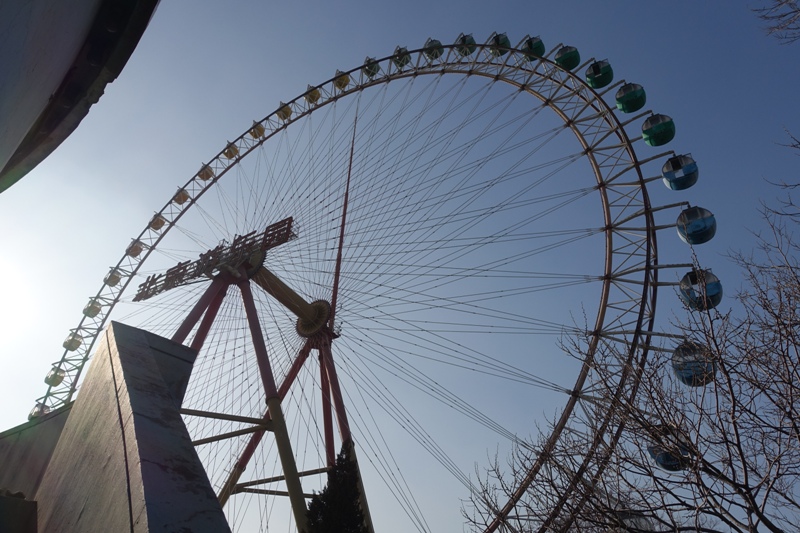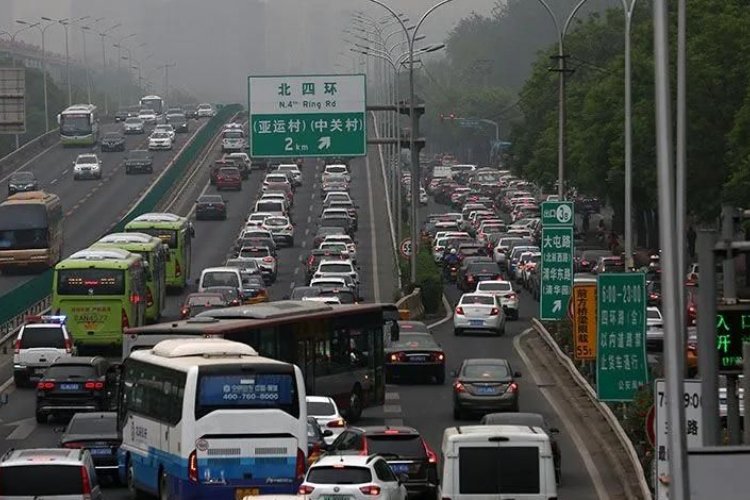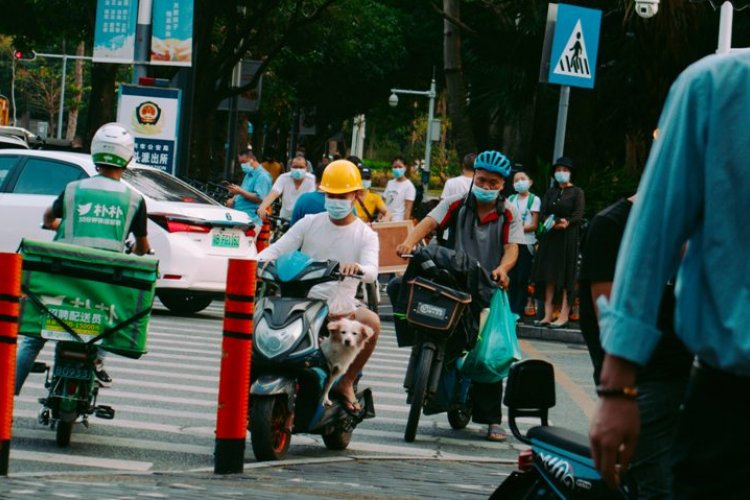Urbex in Beijing: Exploring the City’s Decaying Sights
Upon reaching the top of the deserted stadium that once housed the 2008 Beijing Olympic volleyball competitions (and the location of this issue’s cover shoot), the metal still ringing out from under our feet like an empty oil drum, I spot a security guard passing his time with a languid cigarette from within the metal box he calls home. Expressing my concern that our adventure may come to a shouty finish, my guide and urban explorer enthusiast (urbexer, if you do so wish) Brin “Burbex” C. simply states, “No one ever looks up, and why would they when the sky is so shitty?” Burbex didn’t lie; we returned to the ground safely, undisturbed, and slipped into dusk.
The British-born Burbex has been delving into China’s forgotten, derelict, and dilapidated ruins for the past five years and, for someone who espouses the joys of hunting down new and unexplored environments, it’s surprising to hear how many of the venues he discovered via people who came to him, whether from a sotted Scot seeking a drinking buddy and a chat or an American MIT professor in search of an adventure. It appears that the thrill that comes from discovering something once lost is universal, and the rapid growth and turnover of real estate make Beijing an urban explorer’s paradise – but there is finesse to making the most of the city’s nooks and crannies.
To follow in Burbex’s footsteps, he suggests, “Always keep your eyes open. I often explore at night because you can see where isn’t lit up, which is generally a good indication that a building is disused. Also look for broken windows and places that look a little bit shabby.” He continues, “Anytime you see a blue metal fence go up, there’s always something on the other side; it’s either under construction or slated for demolition. From there I will sometimes get a feel for it via Google Maps and walk around the perimeter to try and spot a way in. Once in, find an easy way out, because you never know who you may run into, and getting out is usually easier than getting in. Also, keep an eye out for security cameras, but most of them either won’t be working or nobody’s watching them.”
Perhaps most surprisingly, Burbex describes how “security guards rarely seem to care once you’re in a place as it’s almost more effort to get you out. Quite often they’ll point you towards the exit as if to say ‘head out that way once you’re done.” This lax outlook is unlikely to last forever as the authorities wise up to the growing urbex community, but for now it provides the perfect excuse to get out and explore the dark and decaying underbelly of an increasingly shiny Beijing. Below you’ll find just four of an ever-growing collection of the city’s hidden, spooky, and fascinating sites, courtesy of Burbex.
Things you’ll need: Worker’s gloves, long pants, hardy shoes, a torch, bolt cutters, and a pollution mask to protect from dust.
Safety: First and foremost, be sensible and know your limits. Never explore anywhere that could be considered reasonably dangerous. Carry a first aid kit, charge your phone, and tell someone where you’re going in case you haven’t been heard from.
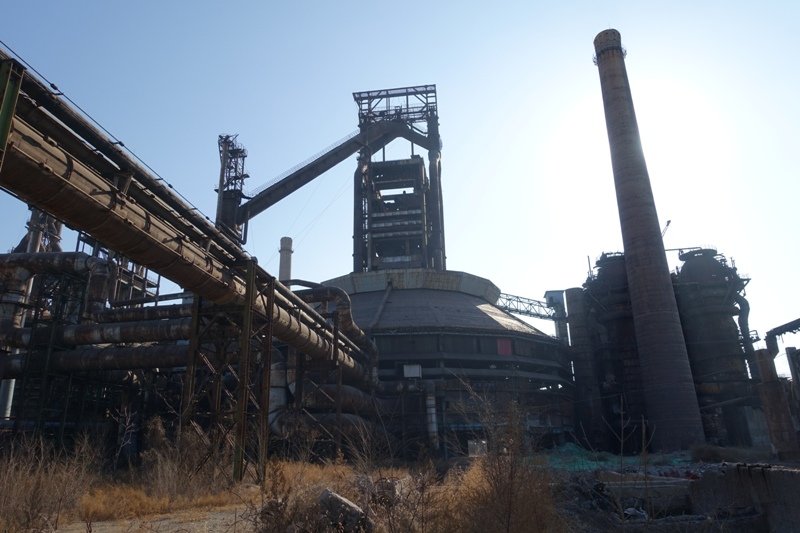
Shougang Capital Steel Plant
Location: Shijingshan Lu (closest subway: Gucheng, Line 1)
Difficulty: 3/5
Best for: Repeat visits, getting lost
Description: At 700 hectares, Capital Steel is by far the largest, and likely most famous location on this list. Housing the remains of Shougang Group’s old steel plant, which shut down its last furnace in 2010, its sheer size means that you can return to this pig-iron wasteland and always find something new to explore. Highlights include an antique train graveyard, a cavernous blast furnace, and abandoned laboratories. However, the site is slowly being transformed into a “cultural and creative industry center,” and was most notably billed to host the ultimately canceled Intro Festival 2014. It’s now bookmarked to become a hub for the 2022 Winter Olympics so it’s recommended you go sooner rather than later, just beware of the (caged) guard dogs.
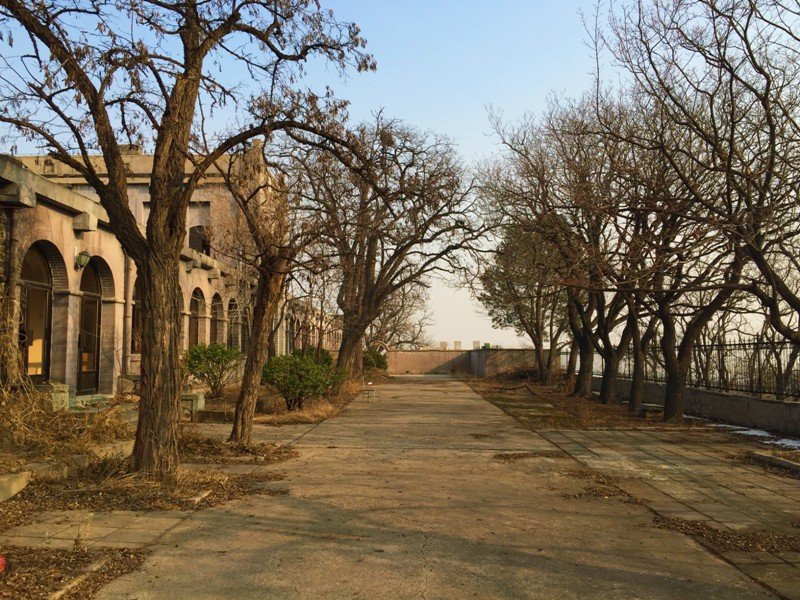
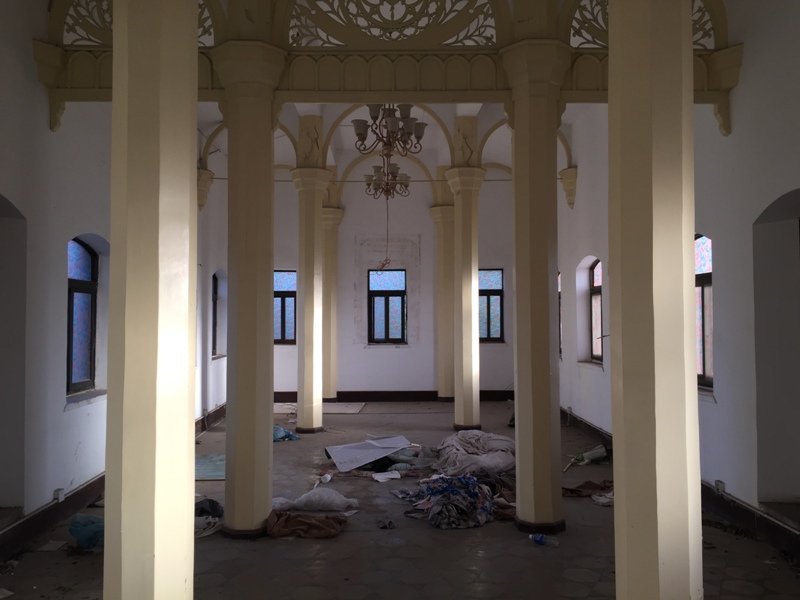
PLA Hospital
Location: Baiwangshan (closest subway: Anheqiao Bei, Line 4)
Difficulty: 2/5
Best for: Ghost hunting, DIY gardeners, forest views
Description: Surrounded by forest, this abandoned castle-like building is a treat for history buffs, piecing together its past life through the remnants of hastily left-behind items strewn throughout. In the rooms, you’ll find such chilling objects as rubber guns (whose intended use is a mystery), stray vials of medication, and other rehabilitation equipment that once aided the traumatized and injured. Pushing deeper, long corridors give way to an ornamental chamber complete with lavish columns, and as of late has begun to house local prowlers intent on transforming every viable outdoor space into a garden. What’s perhaps most exciting, however, are the lush rooms in the back, mysteriously decked out in four-poster beds, walls spotted with white spaces where widescreen TVs once hung, jacuzzis, and – perhaps most surprisingly – industrial-sized air purifiers. Make your way up to the top for beautiful views of the surrounding forest, and on a clear day, even a glimpse of the Beijing skyline.

Catholic School
Location: Baiwangshan (closest subway: Anheqiao Bei, Line 4)
Difficulty: 2/5
Best for: Fashion shoots, zombie movies
Description: Located a stone’s throw from the PLA Hospital, this school sits on an adjacent hill and was built in 1919. Although protected as a church, it supposedly never truly functioned as one, but instead became storage for the PLA Hospital, making it the most gruesome entry on this list. For the bravest among you, there’s a hole that leads to a tunnel underneath the building with refrigeration rooms jutting off. In one of the rooms, explorers will happen upon specimen jars full of human remains – brains, hearts, intestines – each pickled and neatly labeled. Clear your head above ground by walking the school’s long, open attics, a mesmerizing feature that makes it a hotspot for the occasional young, dorky photographer and their aspiring model.
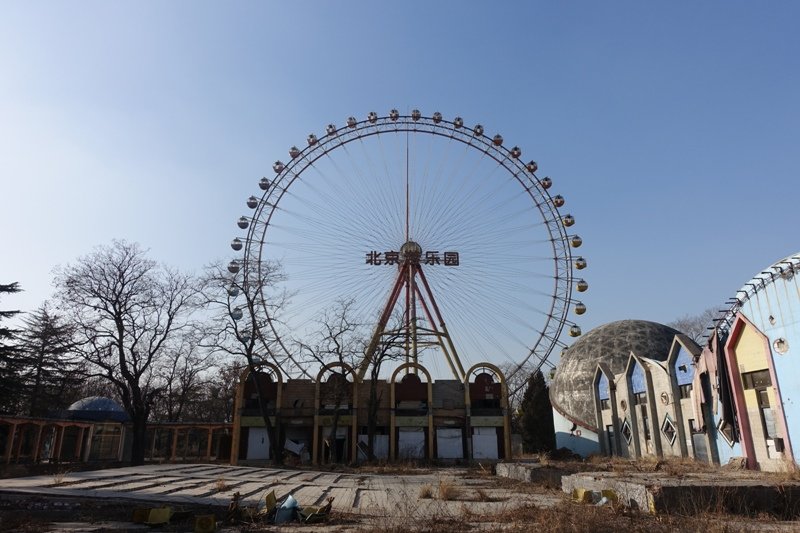
Longtan Amusement Park Ferris Wheel
Location: Longtan (closest subway: Tiantandongmen, Line 5; Panjiayuan, Line 10)
Difficulty: 4/5
Best for: Kitschy photos, haunted houses
Description: Originally opened in 1987, Longtan Amusement Park was once one of Beijing’s premier family attractions and many young locals are still able to recall fond memories of exploring it in more prosperous times. Now, its aquarium, haunted house, food huts, and this Ferris wheel – which still sits majestically on an island surrounded by a dry moat – all sit dormant, slowly rusting into the ground. Feel daring? Jump into one of the wheel’s cabins and let the wind take you up and away, making one full rotation in around 25 minutes. If you get stuck, however, don’t expect an influx of visitors to come help anytime soon.
Discover many more of Beijing’s forgotten landmarks over at Burbex’s blog, www.burbex.org.
Need a break from the big smoke? Get Out, with our handy travel guides, right here.
More stories by this author here.
Email: tomarnstein@thebeijinger.com
WeChat: tenglish_
Instagram: @tenglish__
Photos courtesy of Burbex

